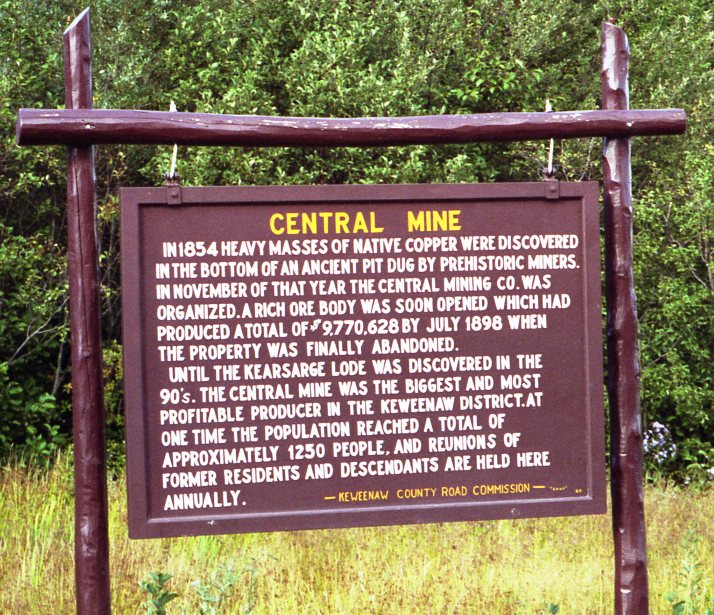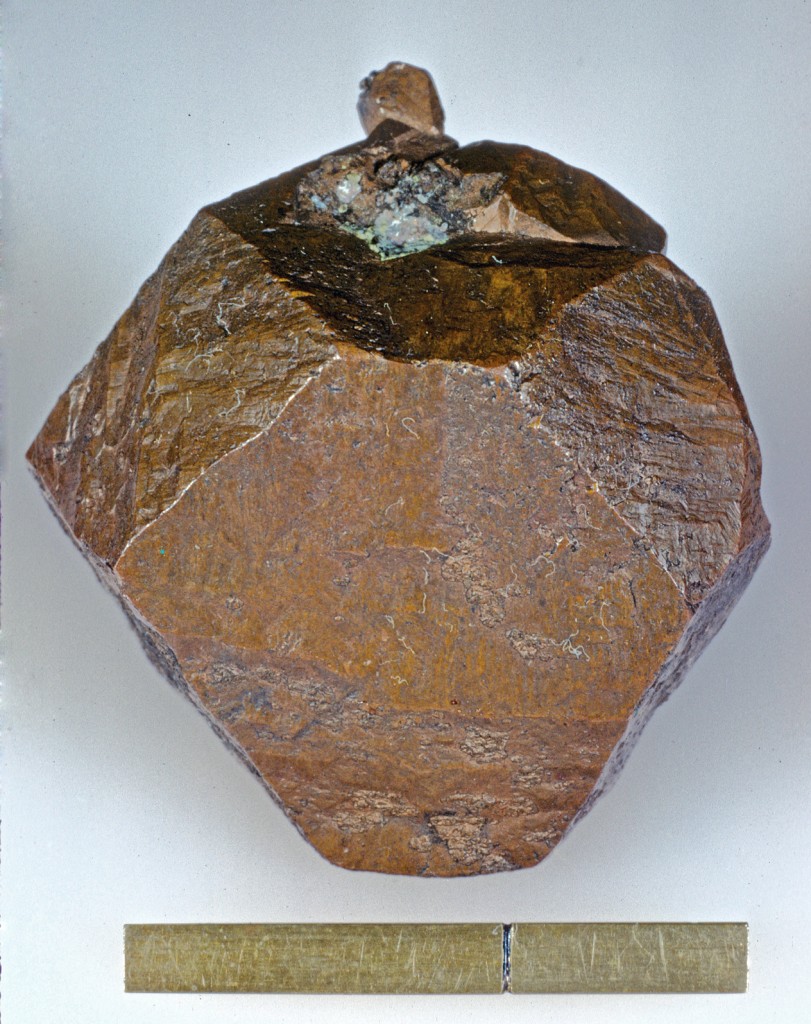
Take the Petoskey Stone. Don’t worry, hundreds of thousands of these stones have been picked up from the beaches, fields, quarries and roadsides near Michigan’s Traverse Bay. Local tourism welcomes you to take a few home with you fromTraverse City and upwards through the towns of Ames, Elk Rapids, Torch Lake, and up to Charlevoix, where many suggest visiting the beaches in order to find these stone fossils. These stone replaced corals are abundant and often take a fine polish, used for tumbling, cabbing and slabbing. The floral patterns and semi-hard, easy to polish, calcite replacement make this a stone that was sure to bring rock collectors of all walks of life to this area of the world.
This vast area of Michigan was once covered by an ocean full of corals, the Hexagonaria percarinata, among others, which at some point in time were covered up with rock, turning into vast limestone deposits with countless bits of these dead corals well preserved, from millions of years ago. Bring the glaciers into the picture and suddenly the stone corpses of these corals are spread out all over the state, wherever the glacier dragged chunks of this limestone about. People have experienced finding these Petoskey stones all over the state, however, the most popular locations for collecting are on the shores of Lake Michigan, as the frost and rain pushes and pulls the sands and gravels, revealing more each year.
This rock collecting area is all about exploring. You can find hot spots where the specimens seem to crop up everywhere, you can walk for a half mile and not see a one. Anywhere there is gravel, that is a great place to hunt. There is a world of information about these stones, so many websites, books, articles, parks, dedicated to these funky fossils. This year it was all about the 90ish pound boulder specimen pulled out of Lake Michigan. I personally saw the photo pop up on instagram, then get taken down. The state has a limit of 25 pounds collected at a time! There is a photo of President Obama with one of these stones on his desk. It is the state stone of Michigan and certainly a draw for tourism. So, I highly suggest grabbing a copy of this book, The Complete Guide to Petoskey Stones
Check out the following links below for more information on Petoskey stones and click here or on the banner below to check out Petoskey Stones available for sale on eBay.
The Petoskey Chamber of Commerce has a great website detailing information about Petoskey Stones and where they can be found and purchased, locally, in Michigan!
You can check out our friends at RockTumbler.com for information on tumbling, polishing and grinding your specimen of Petoskey Stone. That site has great information.
Here is an article about Obama’s very own pet Petoskey Stone
Here is an article about the Petoskey Stone that cause the big news in 2015.
The best thing about hunting Petoskey Stones is the beauty that is Upper Michigan. The beach views of Lake Michigan are said to be breathtaking, the landscape is full of greenery and wild flowers in the spring.








